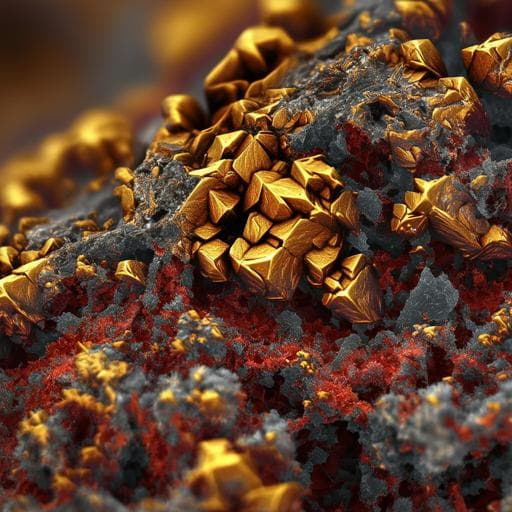
Earth Sciences
Transport and coarsening of gold nanoparticles in an orogenic deposit by dissolution-reprecipitation and Ostwald ripening
E. C. G. Hastie, M. Schindler, et al.
Explore the intriguing role of gold nanoparticles in the formation of high-grade zones within the Kenty orogenic gold deposit in Ontario, Canada. This research, conducted by E. C. G. Hastie, M. Schindler, D. J. Kontak, and B. Lafrance, reveals innovative insights using cutting-edge technology.
~3 min • Beginner • English
Related Publications
Explore these studies to deepen your understanding of the subject.







